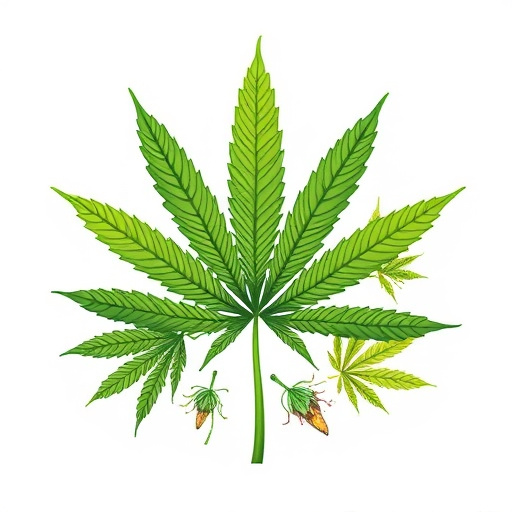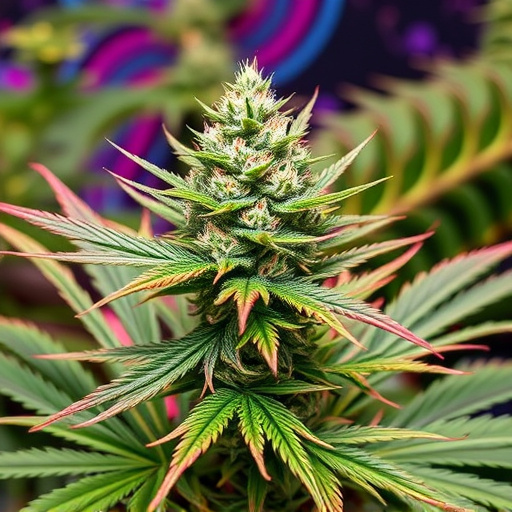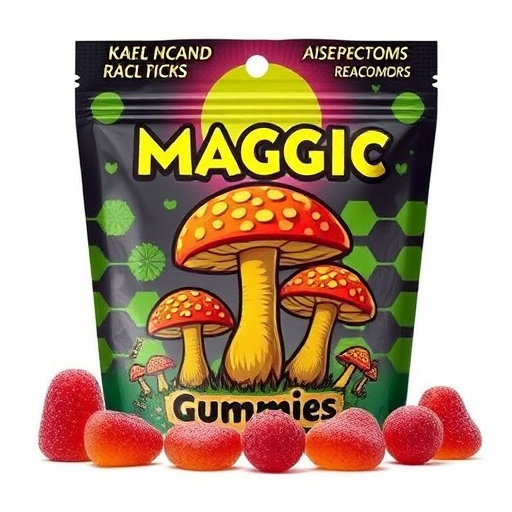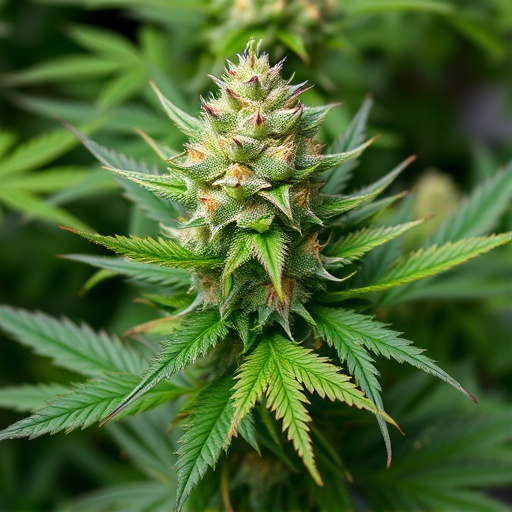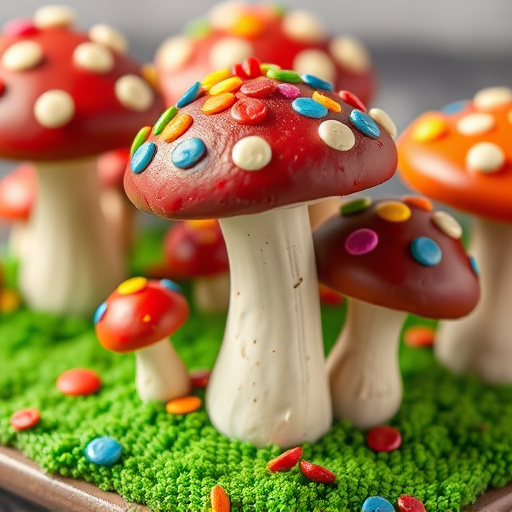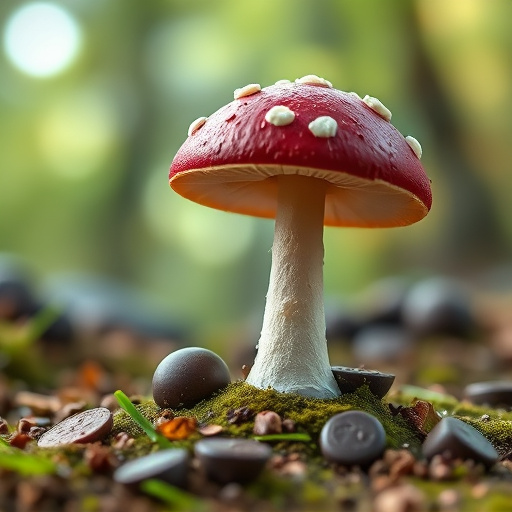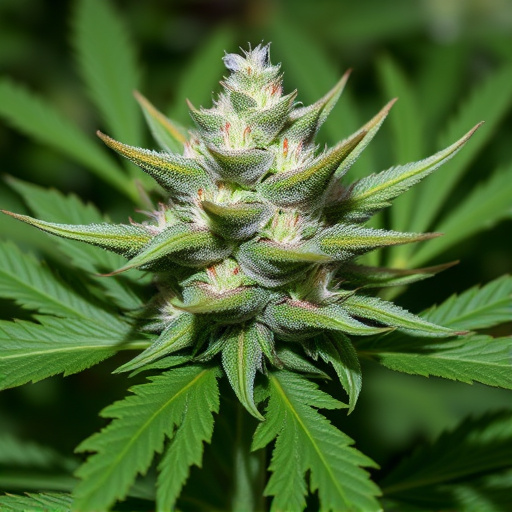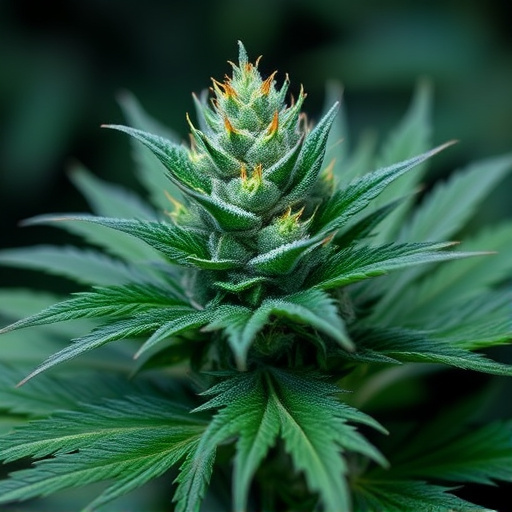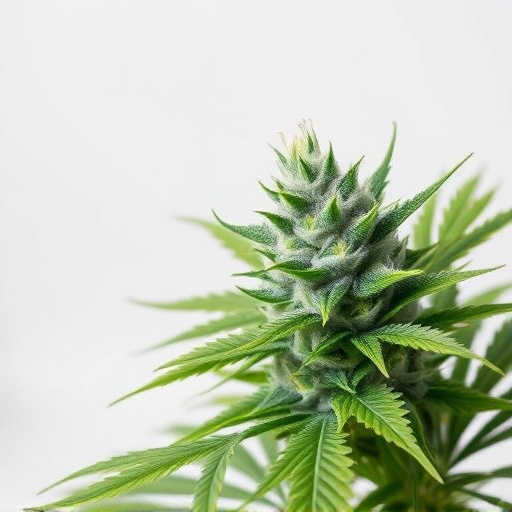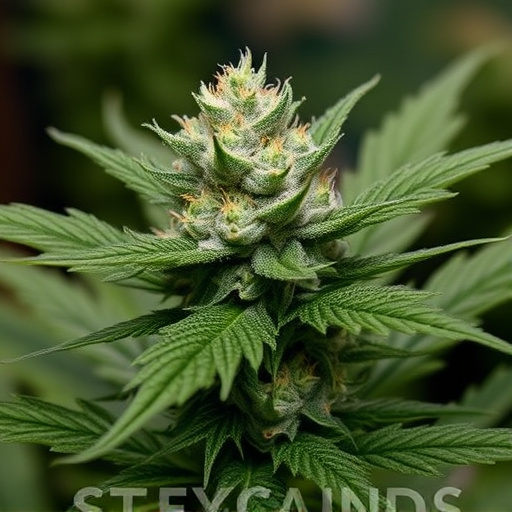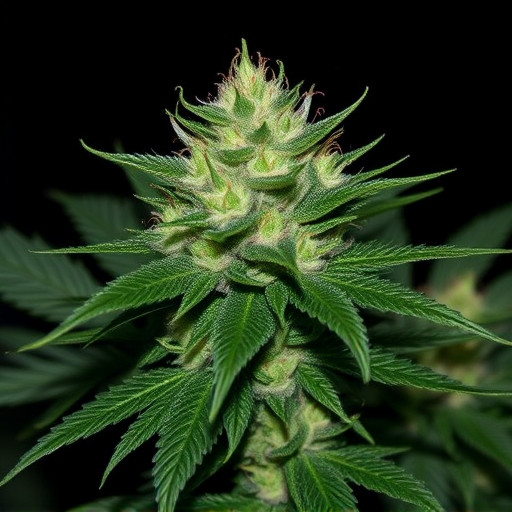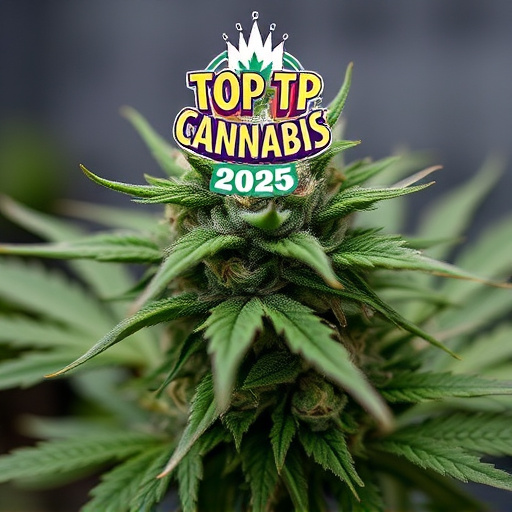In 2025, the cannabis industry showcases a vibrant shift with diverse hybrid strains featuring breathtaking color changes driven by cannabinoids, pigments, and terpene production. Cultivators can now produce 'top cannabis strains' with unique visual appeal, such as 'Blue Dream' and 'Gelato', catering to consumers seeking potent, aesthetically pleasing options. Understanding the biochemical processes behind these colors, influenced by environmental factors, is key to cultivating the most desirable top cannabis strains of 2025.
Cannabis flowers’ vibrant color changes are more than aesthetic; they’re a sign of complex chemical processes. This phenomenon, driven by terpene production, offers insights into both the plant’s health and its therapeutic potential. In this article, we explore the science behind cannabis pigmentation, highlighting how it impacts the top cannabis strains of 2025. We’ll also delve into environmental factors that influence color and quality, providing a comprehensive guide for enthusiasts seeking the perfect bloom.
- The Science Behind Cannabis Pigmentation: Understanding the Chemical Composition
- Top Cannabis Strains 2025: A Look at Their Unique Color Variations and Effects
- Environmental Factors: How Terpene Production Affects Flower Color and Quality
The Science Behind Cannabis Pigmentation: Understanding the Chemical Composition
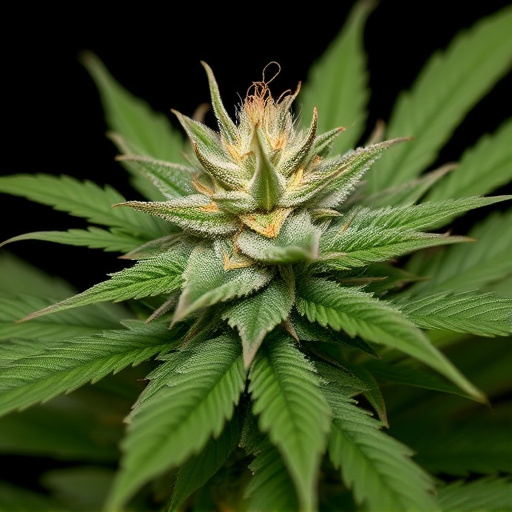
The science behind cannabis pigmentation is a fascinating aspect of this complex plant, offering insights into the diverse spectrum of colors adorning its flowers. Cannabis plants produce various pigments that contribute to their unique hues. The primary culprits are chlorophyll for green, carotenoids for yellow and orange, and anthocyanins for red and purple shades. These compounds not only give cannabis its distinctive appearance but also play a crucial role in attracting pollinators and protecting the plant from environmental stressors.
The specific colors displayed can vary greatly among top cannabis strains in 2025, thanks to genetic diversity and selective breeding. Certain strains are renowned for their vibrant, intense pigments, reflecting the intricate chemical composition of each unique variety. Understanding these pigments is essential for cultivators aiming to produce high-quality cannabis with desired characteristics, catering to diverse consumer preferences in the evolving market.
Top Cannabis Strains 2025: A Look at Their Unique Color Variations and Effects

As we enter 2025, the cannabis landscape is more diverse and exciting than ever before, with top cannabis strains pushing the boundaries in terms of both their unique color variations and potent effects. One of the most anticipated trends is the rise of hybrid strains that blend classic favorites with new genetic combinations, resulting in breathtaking visual displays. For instance, look out for strains like “Blue Dream” and “Gelato,” known for their striking blue and purple hues, offering a calming yet energizing high.
These color changes are not merely aesthetic; they’re a result of complex interactions between pigments and cannabinoids. Cannabinoids like THC and CBD can influence the production of various pigments, leading to vibrant colors that range from deep purples and blues to vivid greens and oranges. This natural alchemy not only captivates cultivators and enthusiasts but also provides a unique selling point for consumers looking for visually distinct and potent experiences.
Environmental Factors: How Terpene Production Affects Flower Color and Quality
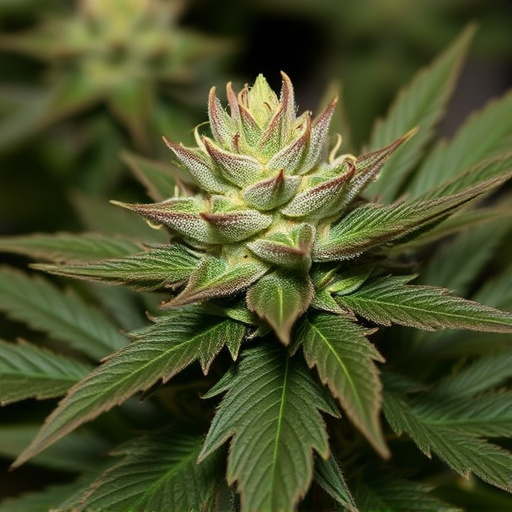
Cannabis flowers’ vibrant colors are a result of intricate biochemical processes influenced by various environmental factors. Among these, terpene production plays a pivotal role in determining both the aesthetic appeal and quality of top cannabis strains in 2025. Terpenes, aromatic compounds responsible for the unique scents and flavors in cannabis, also contribute significantly to the plant’s visual characteristics. As cannabis flowers mature, specific environmental conditions can trigger the synthesis of certain terpenes, leading to a spectrum of colors ranging from rich reds and oranges to vivid blues and purples.
The interaction between light, temperature, and nutrient availability directly impacts terpene production. For instance, exposure to different wavelengths of light can stimulate the creation of specific terpenes, influencing both the flower’s aroma and color. Similarly, variations in temperature during the growth cycle can result in more diverse terpene profiles, enhancing the overall quality and appeal of the final product. As cannabis cultivation techniques continue to evolve, understanding how environmental factors shape terpene production will be key to cultivating not only the top strains of 2025 but also ensuring their distinct visual and sensory qualities.
Cannabis flower color changes are a fascinating result of complex interactions between its chemical composition, environmental factors, and genetic makeup. As we’ve explored, understanding these variations offers insights into the diverse effects experienced by consumers. The top cannabis strains of 2025 showcase this diversity, with unique pigmentations that not only captivate the eye but also deliver distinct sensory experiences. By recognizing how terpene production influences flower color and quality, cultivators can further refine their practices to meet the ever-evolving demands of the market.
